Best Exercises for Pets to Keep Them Fit and Healthy
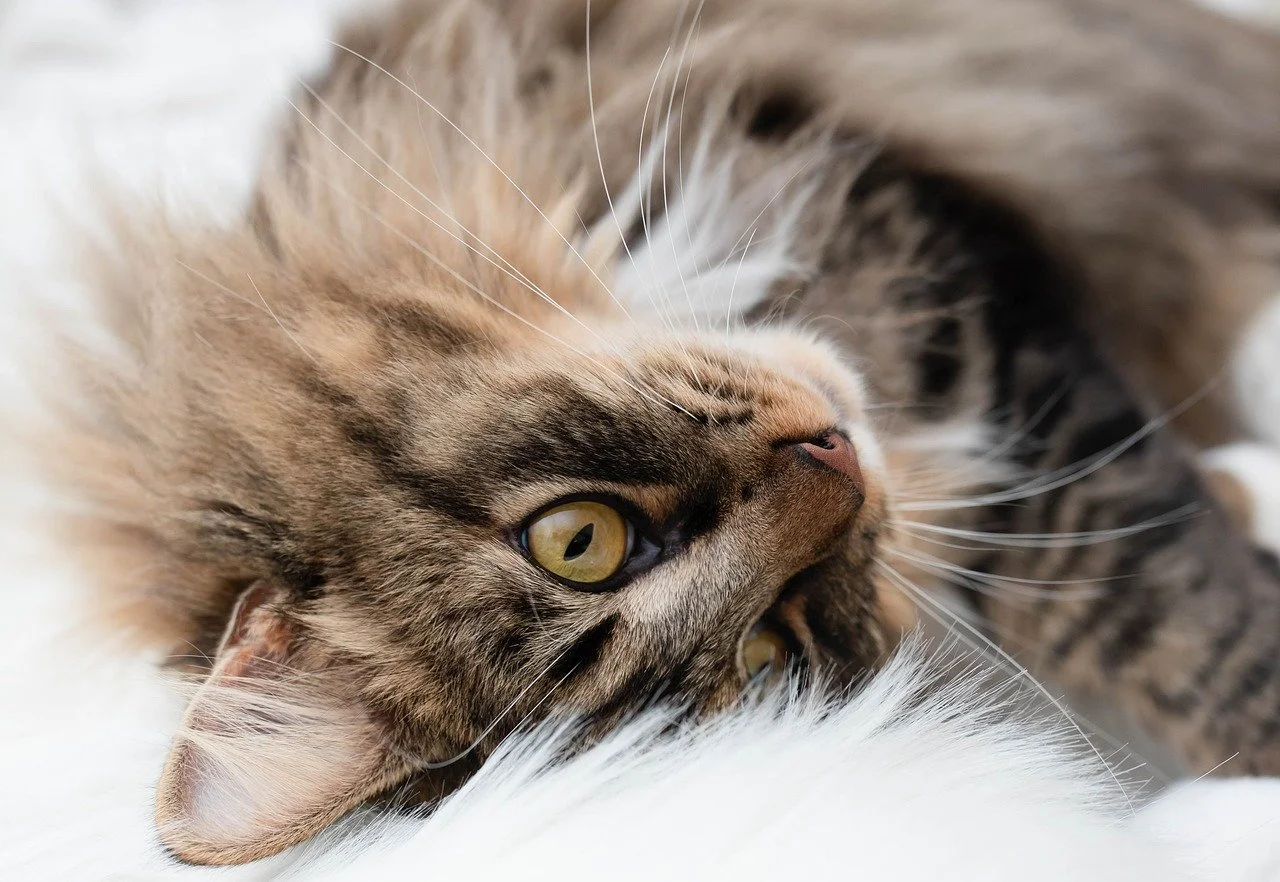
Pets are more than just companions; they’re part of the family. Whether you have a playful pup, a curious kitty, or even a small animal, ensuring they stay active and healthy is essential for their well-being. But how do you keep your pets entertained and physically fit without making exercise a chore? That’s where the best exercises for pets come in. In this article, we’ll explore a variety of fun, engaging, and effective exercises for pets of all kinds—helping you keep your furry, scaly, or feathered friends in top shape.
Why Exercise is Crucial for Your Pet
Before discussing specific exercises, it’s important to understand why physical activity is vital for pets. Just like humans, animals need regular exercise to stay healthy. Exercise helps pets maintain a healthy weight, build muscle strength, improve cardiovascular health, and reduce stress. It also provides mental stimulation, which can help prevent behavioral problems caused by boredom or anxiety.
Here’s a quick look at the benefits of exercise for your pets:
- Weight Management: Helps keep pets healthy, reducing the risk of obesity-related diseases.
- Mental Health: Reduces anxiety, depression, and stress in pets.
- Longevity: Active pets tend to live longer, healthier lives.
- Improved Behavior: Regular exercise helps burn off excess energy and reduces destructive behavior.
- Strengthens Bonding: Engaging in physical activities strengthens the bond between you and your pet.
Let’s dive into the best pet exercises to keep your furry friends moving and happy!

Best Exercises for Pets
1. Daily Walks
A daily walk is one of the best exercises for pets, especially dogs. It’s a simple yet highly effective way to keep them physically fit and mentally stimulated. Walking helps maintain a healthy weight, improves cardiovascular health, and provides an outlet for natural behaviors like sniffing and exploring. It also offers valuable social interaction with other pets and people, which supports emotional well-being. You can take it up a notch with brisk walks, hiking trails, or even light jogging sessions for high-energy dogs. These are some of the best exercises for pets that help release excess energy and reduce behavioral issues. Whether it’s a quick stroll around the block or a longer outdoor adventure, regular walking strengthens the bond between you and your pet while contributing to a healthier, happier life.
Benefits of Daily Walks:
- Helps prevent obesity and joint issues.
- Mental stimulation from new sights, sounds, and smells.
- Great way to socialize your dog with other pets or people.
Tips:
- Vary your routes to keep things interesting.
- Consider using a harness for better control, especially with pullers.
- Adjust the pace according to your dog’s breed and age. Older dogs may need a slower pace, while puppies may need more intense walking sessions.
2. Fetch
A classic game of fetch is a fun way to exercise your dog, especially if it has a lot of energy. Whether with a ball, frisbee, or stick, throwing an object and having your dog bring it back is an excellent cardio workout. Plus, it’s great for practising obedience commands.
Benefits of Fetch:
- Provides excellent cardiovascular exercise.
- Helps improve your dog’s focus and obedience.
- Encourages interaction and bonding between you and your pet.
Tips:
- Use a dog-friendly ball or toy to prevent choking hazards.
- Ensure the playing area is safe and free of sharp objects or hazards.
- Play in an enclosed space or park to avoid losing toys or distractions.
3. Tug-of-War
Tug-of-war is great for your dog’s muscles and a fantastic way to bond. The game provides both mental and physical exercise, especially if you incorporate commands like “sit” or “drop” during the game. This helps keep your dog engaged and reinforces training while having fun.
Benefits of Tug-of-War:
- Strengthens jaw muscles and builds upper body strength.
- Encourages focus and discipline when using commands.
- Engages your dog mentally and physically.
Tips:
- Choose a strong, durable tug toy.
- Set boundaries to prevent overstimulation or aggression.
- Reward your dog with praise or treats after a good game to keep things positive.
4. Canine Agility Training
Agility training is a more structured exercise involving navigating an obstacle course. It’s perfect for dogs who need both physical and mental stimulation. Set up a simple course in your backyard using cones, tunnels, and jumps. Agility challenges also help improve your dog’s coordination and problem-solving skills.
Benefits of Agility Training:
- Boosts physical fitness and mental sharpness.
- Strengthens the bond between you and your dog through teamwork.
- Ideal for high-energy dogs that need intense exercise.
Tips:
- Start with simple obstacles and gradually increase the difficulty.
- Use positive reinforcement (treats or praise) to encourage progress.
- Ensure the obstacles are safe and suited for your dog’s size and fitness level.
5. Swimming
Not all dogs love water, but swimming is an excellent, low-impact exercise for those who do. It’s particularly beneficial for senior dogs or those with joint issues, as it provides a full-body workout without stressing the joints. Swimming also burns off a lot of energy, making it ideal for high-energy dogs.
Benefits of Swimming:
- Provides a full-body workout without stressing joints.
- Great for dogs with arthritis or other joint problems.
- Helps cool down dogs during hot weather.
Tips:
- Always supervise your dog near water.
- Start with shallow areas before progressing to deeper water.
- Ensure your dog is comfortable with swimming; not all dogs are natural swimmers.
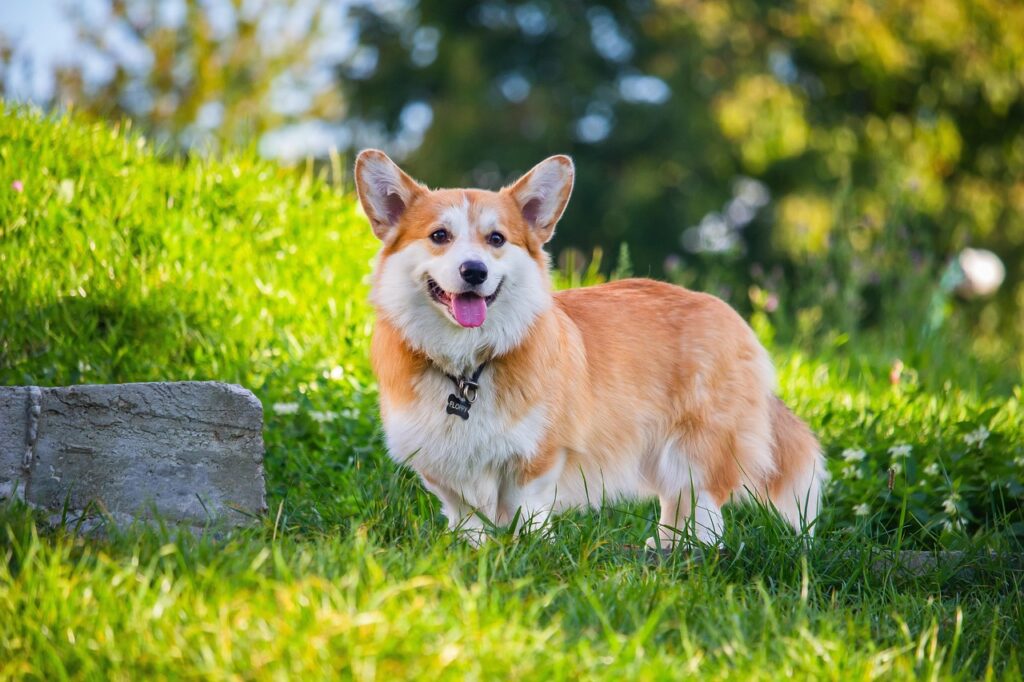
Best Exercises for Cats
Cats may seem low-energy compared to dogs, but they still need regular movement to stay fit and mentally stimulated. The best exercises for cats include interactive play with toys like feather wands and laser pointers, which mimic hunting behaviors and keep them active. Climbing on cat trees or exploring tunnels also helps improve flexibility and coordination. Even puzzle feeders can encourage your cat to move more while providing mental enrichment. By incorporating the best exercises for cats into their daily routine, you can help maintain a healthy weight, reduce stress, and boost overall well-being.
1. Interactive Play
Engaging your cat with interactive toys like laser pointers, feather wands, or balls can stimulate its hunting instincts. Cats love to stalk, chase, and pounce; these toys allow them to do just that in the comfort of your home. Interactive playtime provides physical and mental stimulation, reducing the likelihood of behavioral problems.
Benefits of Interactive Play:
- Satisfies your cat’s natural hunting instincts.
- Keeps them mentally and physically stimulated.
- Provides a bonding experience between you and your pet.
Tips:
- Rotate toys regularly to keep things interesting.
- Ensure the toys are safe and don’t have small parts that could be swallowed.
- Spend at least 10–15 minutes a day playing with your cat.
2. Catnip and Laser Chase
Cats can’t resist catnip; when combined with a laser pointer, they’re more likely to get moving. Set up a laser chase game or scatter catnip on the floor for your cat to hunt. This encourages them to pounce, run, and leap, all of which are great forms of exercise.
Benefits of Catnip and Laser Chase:
- Engages your cat’s natural hunting instincts.
- Encourages exercise and play in a fun, stimulating way.
- Catnip helps to keep your cat engaged for longer periods.
Tips:
- Keep the laser pointer moving at a moderate pace so your cat can “catch” the light.
- Limit laser play to avoid frustration, as cats can’t “catch“ the light.
- Offer a physical toy after laser play to help them feel satisfied.
3. Climbing and Scratching
Cats are natural climbers and love to scratch. Set up a cat tree or scratching posts to allow your cat to stretch, jump, and climb to their heart’s content. Scratching is also essential for cats, as it helps sharpen their claws, stretch their muscles, and mark their territory.
Benefits of Climbing and Scratching:
- Helps keep your cat’s claws healthy.
- Provides a safe outlet for climbing and stretching.
- Reduces the likelihood of destructive scratching on furniture.
Tips:
- Choose a sturdy cat tree or scratching post that suits your cat’s size.
- Place the scratching post near where your cat likes to rest.
- Encourage your cat to use the post with catnip or treats.
4. Tunnels and Hide-and-Seek
Cats love hiding and pouncing; a simple tunnel can offer a fantastic outlet for this behavior. You can hide toys inside the tunnel for your cat to discover or encourage them to chase after treats you toss through the openings. This exercise provides mental stimulation and physical movement as your cat explores.
Benefits of Tunnels and Hide-and-Seek:
- Encourages your cat to use their natural instincts.
- Provides mental stimulation and physical activity.
- Fun, interactive play that reduces boredom.
Tips:
- Use tunnels made of soft, pet-safe material.
- Place the tunnel in a quiet, safe area to encourage exploration.
- Try hiding treats to make the experience even more exciting.
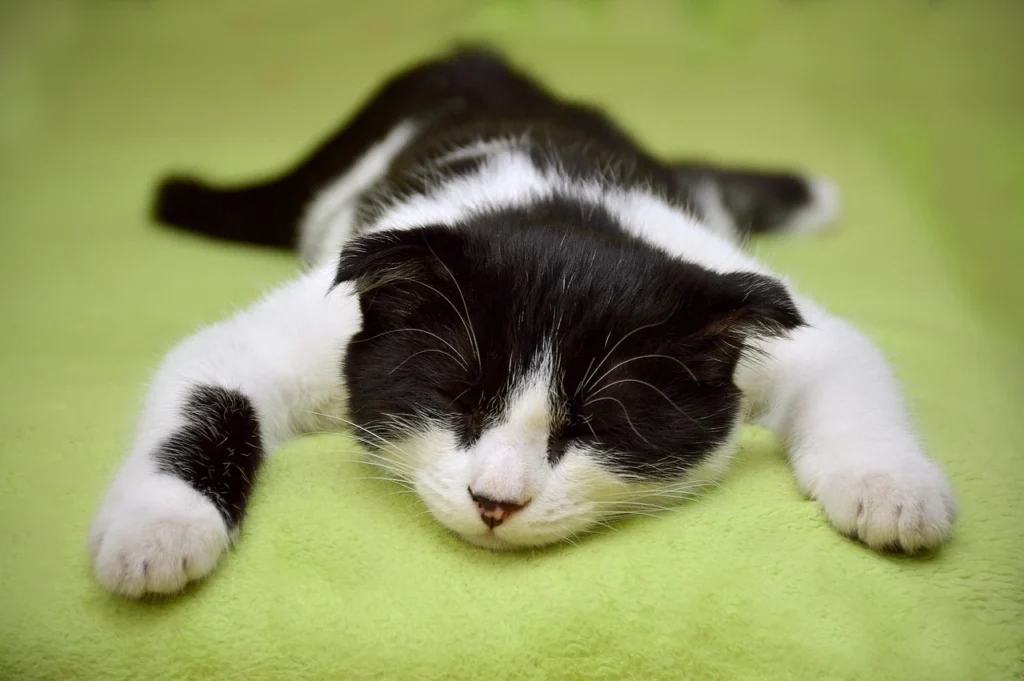
Best Exercises for Small Animals
While smaller pets like rabbits, guinea pigs, and hamsters require different exercises, they still need regular activity for their health. Let’s explore some fun ways to keep them active!
1. Running Wheels for Hamsters and Guinea Pigs
A running wheel is essential for many small animals. It’s a simple way to allow them to burn off energy indoors. Hamsters, in particular, love running on wheels, and guinea pigs can benefit from exercise balls or tunnels.
Benefits of Running Wheels:
- Encourages exercise in small, confined spaces.
- Helps maintain a healthy weight.
- Provides entertainment and mental stimulation.
Tips:
- Ensure the wheel is the right size for your pet.
- Provide supervised out-of-cage time to encourage exploration.
- Clean the wheel regularly to maintain hygiene.
2. Free-Range Time for Rabbits
Rabbits love to hop around, and giving them access to a safe, bunny-proofed room can allow them to get the exercise they need. They can also enjoy toys like tunnels, balls, and even little obstacles to jump over.
Benefits of Free-Range Time:
- Promotes natural movement and exercise.
- Provides mental stimulation and freedom to explore.
- Reduces stress and anxiety in rabbits.
Tips:
- Make sure the area is safe from electrical cords and other hazards.
- Let your rabbit explore the space freely to get natural exercise.
- Provide chew toys to keep them entertained while they roam.
3. Interactive Playtime
Encourage your guinea pig or rabbit to interact with you. Using safe toys and treats to engage your pet will get them moving. Simple games like “find the treat“ or gentle tug-of-war can keep them active.
Benefits of Interactive Playtime:
- Helps bond with your small pet.
- Promotes physical and mental activity.
- Keeps pets engaged and reduces stress.
Tips:
- Keep play sessions short, around 10–15 minutes.
- Offer a variety of toys to prevent boredom.
- Use treats as rewards to encourage participation.
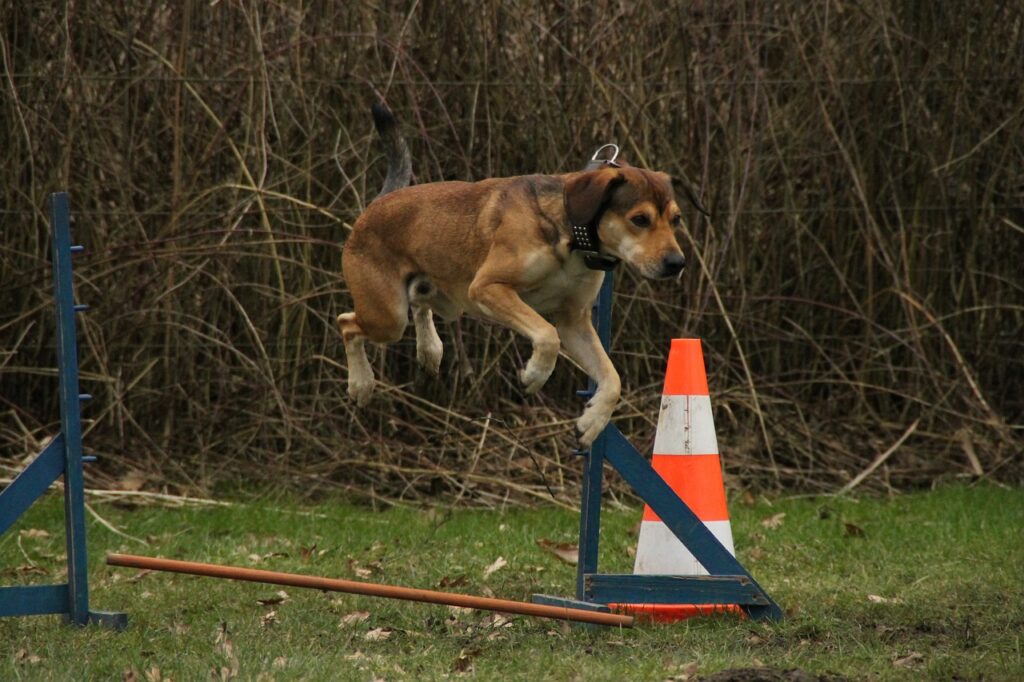
Conclusion
Regular exercise is one of the best ways to support your pet’s physical and emotional well-being. The best exercises for pets not only help maintain a healthy weight but also reduce behavioral problems and support joint and muscle health. Dogs often enjoy walking, running, playing fetch, swimming, or agility training. These activities are perfect for keeping them engaged, burning off energy, and promoting cardiovascular health.
Cats, on the other hand, benefit from short bursts of interactive play. Laser pointers, feather wands, and climbing trees are among the best exercises for pets with a feline flair, stimulating their natural hunting instincts and improving flexibility. Small animals like rabbits and guinea pigs also need movement—let them explore safe spaces with tunnels, ramps, or supervised outdoor play.
The best exercises for pets will vary depending on their age, breed, and health condition, so always tailor activities to suit your individual pet. Consistency is key—make exercise a daily habit and mix it up to keep things fun and challenging. Not only will your pet be healthier and happier, but regular activity will also strengthen the bond you share. A well-exercised pet is a joyful, well-balanced companion!
FAQs
1. How often should I exercise my dog?
It depends on your dog’s age, breed, and health, but dogs generally need at least 30 minutes to 2 hours of exercise daily.
2. Can cats get too much exercise?
While it’s rare, excessive exercise can lead to stress or injury. Always monitor your cat and offer breaks during play sessions.
3. What if my pet doesn’t enjoy exercise?
Start with shorter, gentler sessions and use positive reinforcement to make the experience more enjoyable.
4. How can I tell if my pet is overweight?
You can assess your pet’s weight by checking its ribs. If you can’t feel its ribs easily, it may be overweight.






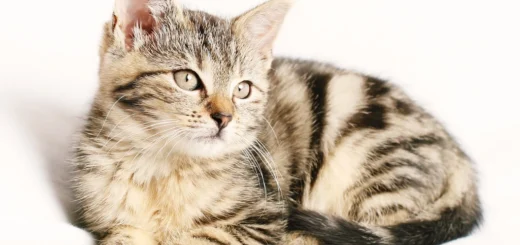










Recent Comments